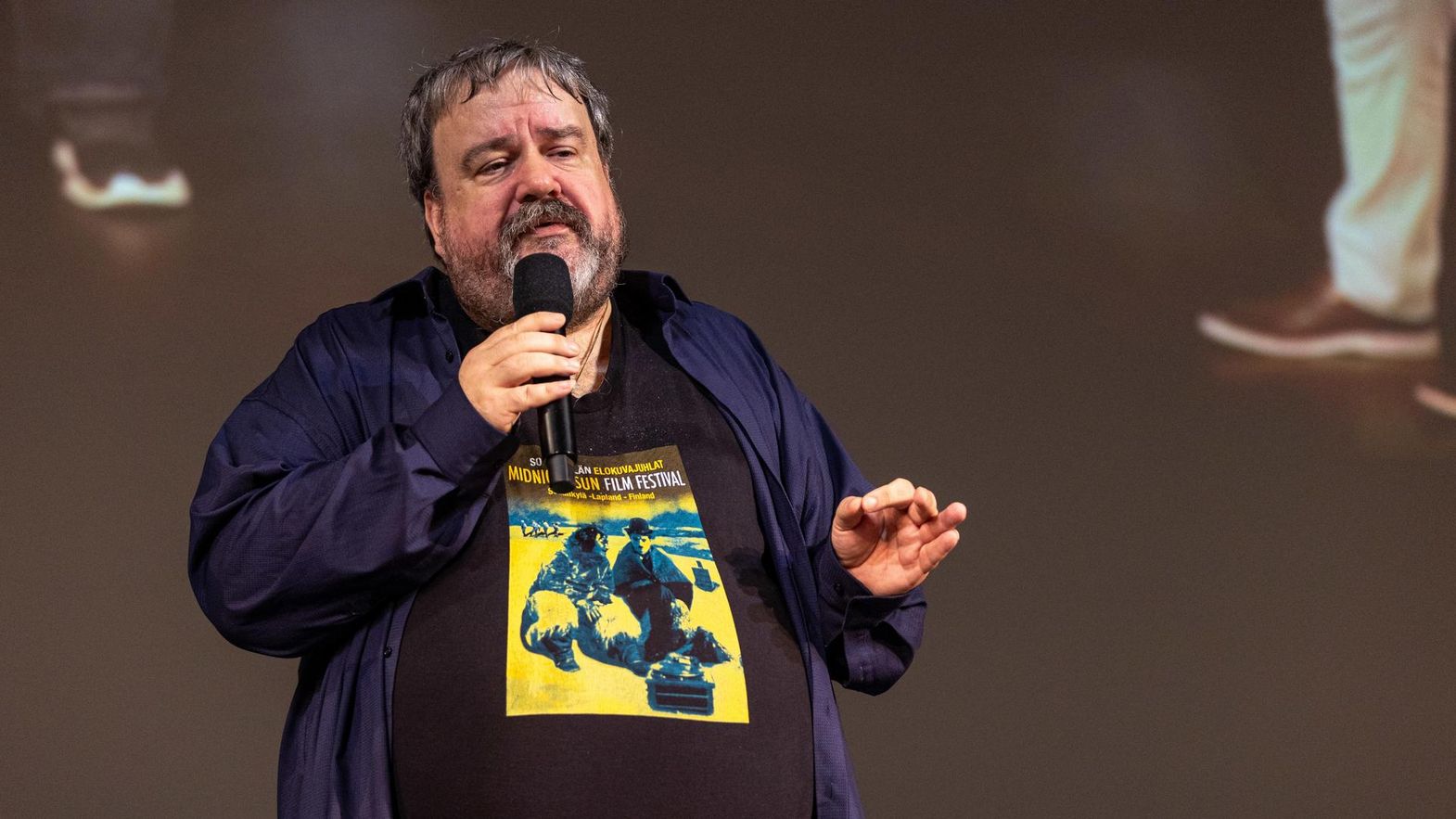
Olaf Möller, you curated this year’s retrospective, dedicated to classic and popular Mexican cinema. How did the idea come about?
It all started with Giona A. Nazzaro, the Artistic Director, asking me what I thought about a retrospective of Emilio Fernández movies. I was skeptical at the beginning, because it wouldn’t have made a lot of sense if it wasn’t a complete retrospective. Then our brainstorming developed into doing something about popular Mexican cinema. The thing is Mexico, historically, has a massive production and a massive importance of films, which is not reflected at all in the way film history is narrated. It’s a similar case to Egypt, a country which has a monumental importance, but it’s almost forgotten, reduced to Youssef Chahine. In the same way, Mexican cinema is too often reduced to Emilio Fernández. The rest of the world is pretty much ignorant about this cinema, which is embarrassing considering its size and quality. On the other hand, you have Mexico which is in an impasse, feeling that its cinematic history has been ratified, and you need to look at the new in order to redefine the history of Mexican cinema. This is how this came together, like a reminder to the rest of the world of the importance of the quality and status of Mexican cinema, for the country instead it’s about continuing to see its history in a creative way, in order to reassert it.
Watching the titles in the Retrospective you can really understand the element of the star-system, the popularity of these actors and actresses. How did it work at that time?
It’s a star-system that worked the same way as the rest of the world. Some would say that it’s pointless to discuss Mexican cinema from the perspective of filmmakers’ point of view, because actors were so powerful, being also producers. Stars were really dominant in the 1940s and 1950s, then this system started to fall apart in the 1960s, when you still had powerful stars working on genre movies like horror and the luchador movies.
Talking about luchador movies, what can you say about such a specific genre?
If you’ve ever been to Mexico City and visited the Arena Mexico, that’s the answer. It’s as purely popular as it can get. Basically, if you go to the Arena Mexico you are in a family movie, and the paradox is that if you watch a luchador enmascarado movie you are in a weird way in reality. It’s a genre much older than people think. Wrestling culture became largely popular in the 1950s, but it’s really with El santo that the genre becomes so glorified. That said, the spectacle of wrestling and cinema found each other very quickly. The Retrospective’s name, Spectacle Every Day, comes from the idea that wrestling as much as bull fighting and cinema were daily activities. These kinds of extraordinary experiences were the normality of everyday life. I find it highly seductive. We start the retrospective with four sports movies, because we want to reiterate the idea that cinema wasn’t something disconnected from the rest, if shown with many other things. At the same time we’ll screen movies connected with popular theater and song. At its core it’s the celebration of the genius of popular art, of ordinary people. That’s the heart of our program. Inside this framework some experiments were allowed, and that’s when Mexican cinema becomes interesting. Some directors sometimes got away with doing some astonishing stuff. I’m thinking about El caso de la mujer asesinadita for example, or La mente y el crimen, movies that in a very ingenious way play with the cinematic form. Since cinema stands shoulder to shoulder with audience, they could indulge in something new.
Nowadays we know everything about contemporary Mexican directors like Alfonso Cuarón, Ajejandro González Iñárritu or Guillermo Del Toro. What do you think is the legacy of classic Mexican cinema for them?
El Suavecito was restored thanks to the collaboration with Guillermo Del Toro. He’s the real thing, as a filmmaker and as a film historian. He knows classical Mexican cinema like few other people on the planet. But there are a bunch of other directors who are deeply involved in preserving the history of Mexican cinema, like Roberto Fiesco.
Mauro Donzelli